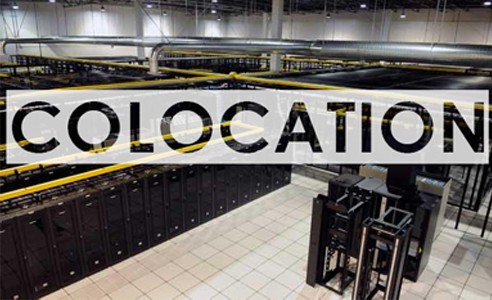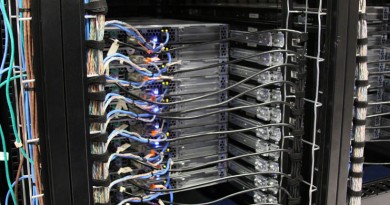Colocation Today
Is Colocation Going The Cloud Way?
Cloud is an attractive place to be in. You just pay for the ride while the cloud flies by with other passengers. In comparison colocation means paying for whole busloads while you travel alone. This has been the main reason why colocation is losing out to cloud service providers. But many colocation professionals are planning to change that.
How does the colocation model work?
The traditional model is quite simple. You put your servers in a data center and negotiate the cost on an annualized or monthly basis. Of course, the data center does not care what you do with your servers. You can run them on full load or keep them idle. As a result you pay a whole lot more than what you use. This is a suboptimal cost structure. In comparison, cloud service provider charges you for what you use. How to now bring colocation services closer to the cloud model?
Why go for colocation?
Despite higher cost in comparison to cloud, many companies want to colocate their servers in data centers. The reason is obvious. They want better control over what they install on their servers. Security is another reason why many prefer colocation. Cloud services are not secure enough for some.
Data centers and running expenditure
A major part of the expenses involve consumption of electricity for cooling the data center. Remember that electricity is also consumed by the servers. Therefore the ratio between electricity used for servers and that for other reasons like cooling becomes important. It defines the efficiency of datacenter. The term power usage effectiveness (PUE) is used for this purpose. Obviously a PUE of 1 would be ideal. In practice, PUE can vary from around 1.2 and shoot up to 2.0.
What’s the colocation deal about?
Now considering that a data center guarantees a PUE of 1.2, it’s easy to calculate electricity consumption of your servers, including cooling requirements. For example, a load of 200 KW per month can be directly converted into cost of running the servers. For simplicity, we have not taken into consideration the cost of space occupied by servers. Now as user, you will have to pay for 200 KW of electricity even if your servers do not run on full capacity. Once your servers reach this limit, you can incrementally increase your contracted consumption to 300 KW. This model is nearer to the cloud but not as flexible. It’s like your data usage model used by cell operators – you can go for a 5 GB data package or 10 GB depending on usage. In effect, you pay a little more than you actually use.
Requirement of a monitoring mechanism
There is a need to monitor electricity consumption of individual server or group of servers in order to facilitate billing. Metering facility to measure electricity and a software to provide instant lookup for consumers is necessary for this model to be successfully implemented.
Advantages of pay as you use colocation services
For customers who want more control over their server environment, yet don’t want to pay for colocation services, this model based on usage is more appealing. For data centers this model would compel them to be more efficient and improve their PUE.
This pay as you use model for colocation is an exciting experiment. We have to watch future developments carefully before giving it thumbs up.



